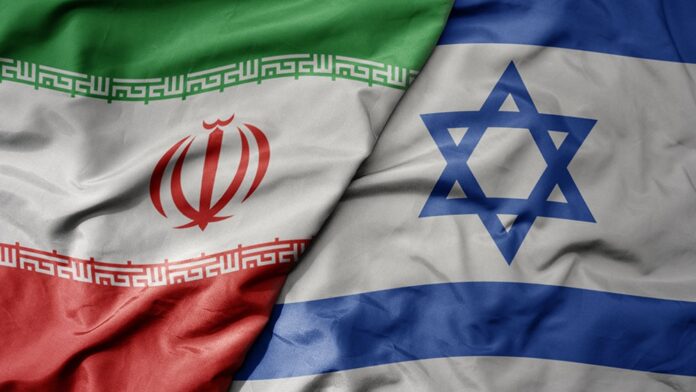The longstanding conflict between Israel and Iran, once limited to political rhetoric and proxy tensions, has increasingly taken a dangerous military turn in recent years. While the geopolitical implications of the standoff are widely discussed, what often goes unnoticed is its negative impact on global efforts toward climate sustainability.
The Conflict in Brief
The strained relationship between Israel and Iran dates back to 1979, when Iran’s Islamic Revolution overthrew the pro-Western Shah and severed ties with Israel. Since then, Iran has supported militant groups like Hezbollah and Hamas, while Israel views Iran’s nuclear program as a direct existential threat. Over the years, the conflict has evolved into a shadow war involving cyberattacks, assassinations, drone warfare, and strikes on military infrastructure.
Environmental Cost of Military Escalation
Modern warfare has a devastating environmental footprint, and the Israel-Iran conflict is no exception. The use of missiles, airstrikes, and military vehicles contributes significantly to greenhouse gas emissions. A single missile strike can result in fires, air pollution, and damage to critical ecosystems. When these strikes occur in volatile regions like Syria, Lebanon, or Gaza, they destroy infrastructure needed for clean water, agriculture, and sustainable energy systems.
Moreover, military activities cause widespread contamination of soil and water sources with toxic chemicals, making land uninhabitable or unproductive for years. The displacement of people due to conflict also leads to increased pressure on surrounding environments, as refugees often settle in fragile ecosystems with minimal regulation or support.
Derailing Regional Climate Action
The Middle East is one of the most climate-vulnerable regions in the world. Rising temperatures, water scarcity, and desertification threaten millions. Yet, political instability—driven in large part by conflicts like that of Israel and Iran—hinders cooperation on critical climate initiatives.
Instead of investing in renewable energy, water conservation, and sustainable farming, governments are forced to channel resources into defense and security. Scientists and environmentalists in the region also face difficulty conducting research or collaborating across borders, halting progress in climate science and adaptation efforts.
Global Ripple Effects
The Israel-Iran conflict also contributes to global climate instability indirectly. Conflicts in oil-producing regions can disrupt energy markets, causing price spikes that delay the global transition to clean energy. Additionally, international attention and funding shift from climate programs to crisis response and defense, delaying urgent environmental action.
When major powers are drawn into the Middle East crisis—as is often the case—their own climate priorities may be sidelined. This undermines global climate agreements like the Paris Accord, which depend on international unity and sustained focus.
A Call for Peace and Climate Prioritization
As the world races to meet climate goals and reduce emissions by 2030 and beyond, sustained military conflict in any region—especially one as strategically important as the Middle East—is a setback we cannot afford. The Israel-Iran tension is not just a regional issue; it is a global threat to peace, development, and environmental sustainability.
It is imperative that the international community promotes diplomacy, disarmament, and conflict resolution, not only to save lives but also to safeguard the planet. Peace is not only a moral obligation—it is a climate imperative.
RSM Kofi Doe Lawson – Climate Africa

